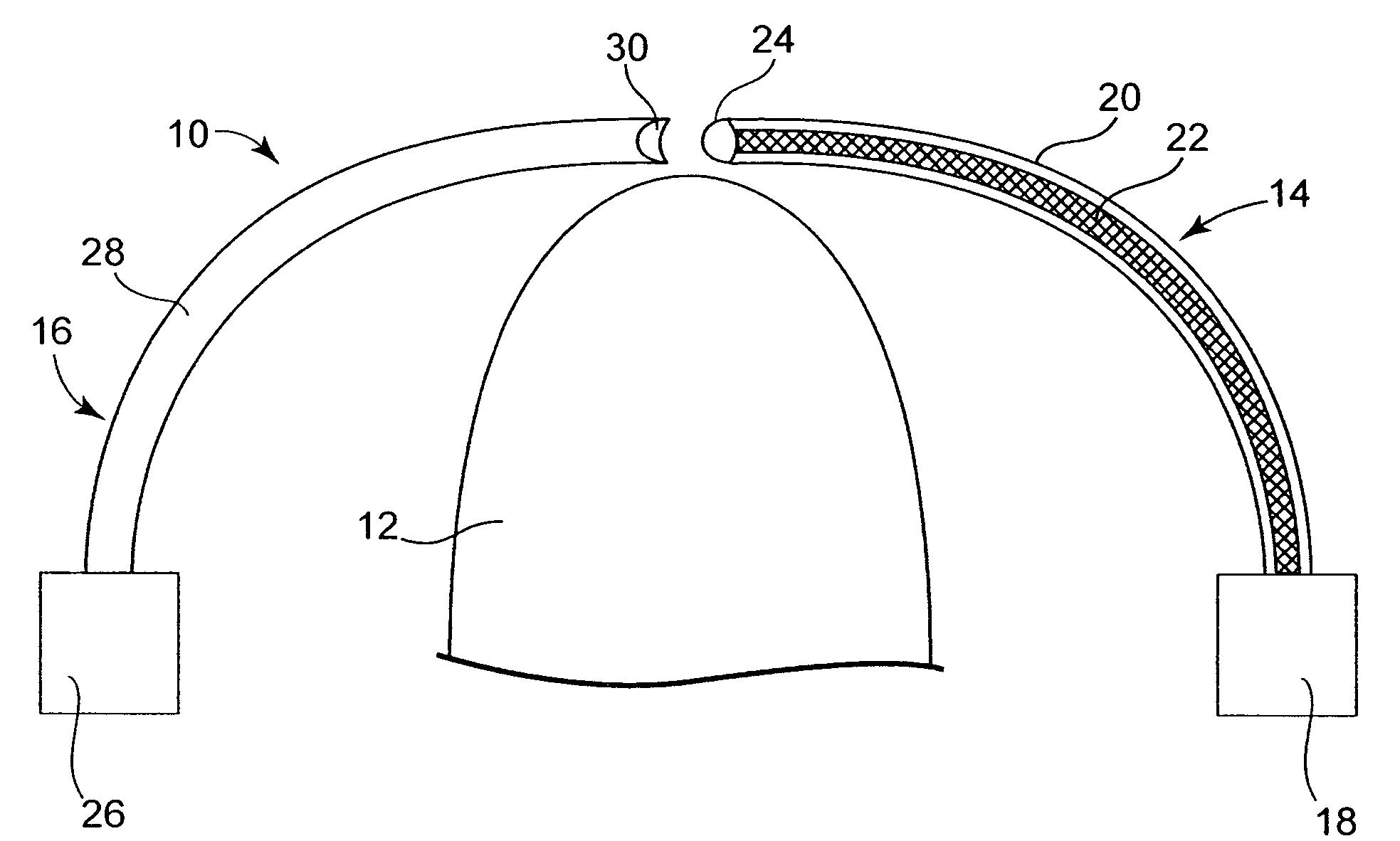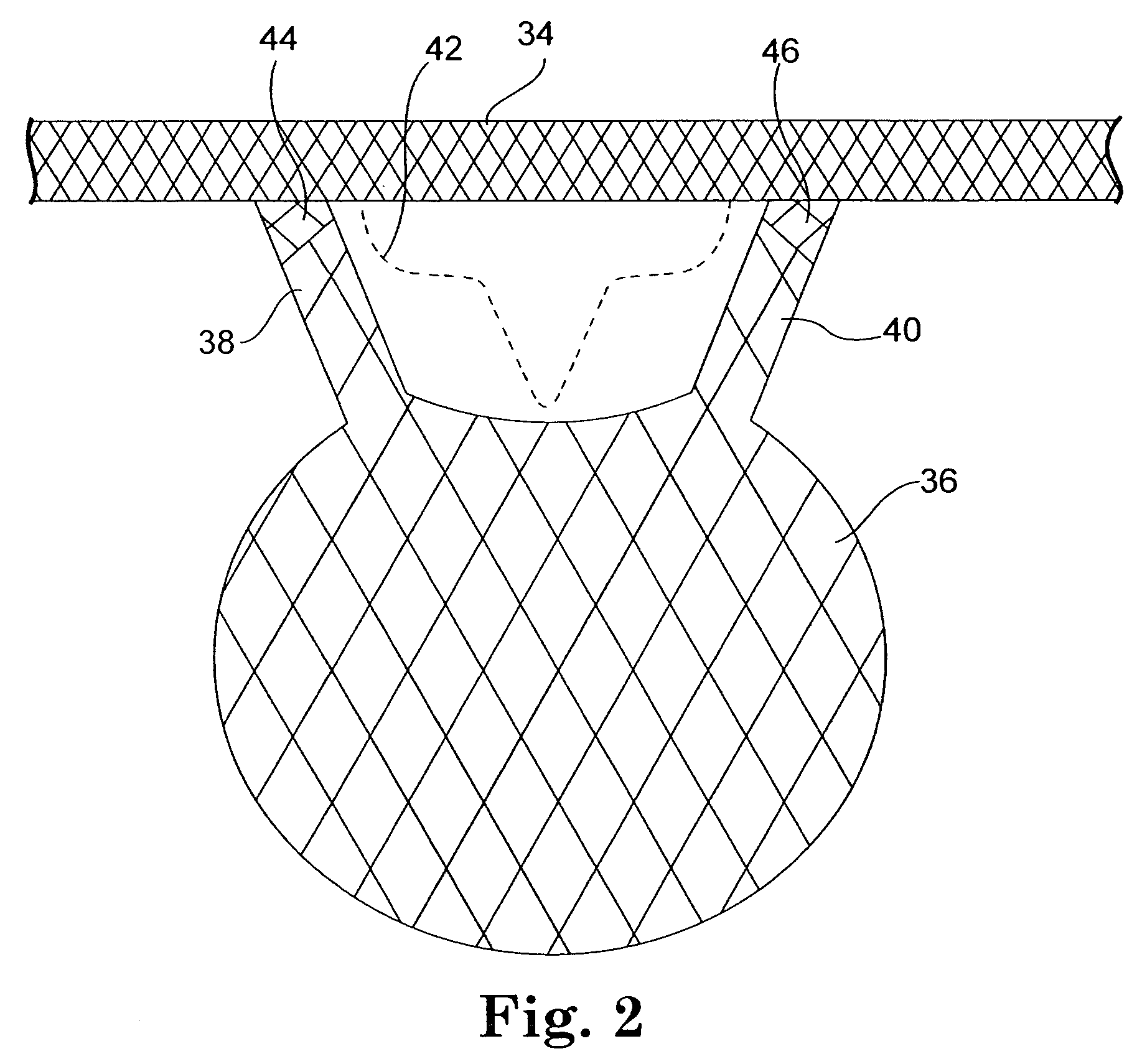Pelvic floor health articles and procedures
a technology for pelvic floors and health articles, applied in medical science, anti-incontinence devices, prostheses, etc., can solve the problems of urinary incontinence, increased abdominal pressure, incomplete bladder emptying, etc., to improve continence, improve continence alignment or positioning, and improve continence. the effect of continen
- Summary
- Abstract
- Description
- Claims
- Application Information
AI Technical Summary
Benefits of technology
Problems solved by technology
Method used
Image
Examples
Embodiment Construction
[0044]The invention relates to devices, methods, and kits, useful for preventing or treating vaginal prolapse, urinary incontinence, and other disorders of the pelvic floor, with the use of implants. The implants can have a wide variety of configurations and connections to implant tools that are designed to be used for different applications.
[0045]Exemplary implants can include a central support portion and multiple extension portions, the central support portion being useful to attach to the pelvic tissue to be supported and a component of the sacral anatomy. The central support portion contacts and supports pelvic tissue (e.g., urethral tissue, vaginal tissue, bladder tissue). The central support portion can be sized and shaped to attach to the vaginal cuff at multiple locations such as at a posterior location (e.g., rectovaginal fascia) and an anterior location (e.g., pubovaginal fascia). The central support portion can also be adapted (e.g., sized and shaped) to attach to a comp...
PUM
 Login to View More
Login to View More Abstract
Description
Claims
Application Information
 Login to View More
Login to View More - R&D
- Intellectual Property
- Life Sciences
- Materials
- Tech Scout
- Unparalleled Data Quality
- Higher Quality Content
- 60% Fewer Hallucinations
Browse by: Latest US Patents, China's latest patents, Technical Efficacy Thesaurus, Application Domain, Technology Topic, Popular Technical Reports.
© 2025 PatSnap. All rights reserved.Legal|Privacy policy|Modern Slavery Act Transparency Statement|Sitemap|About US| Contact US: help@patsnap.com



